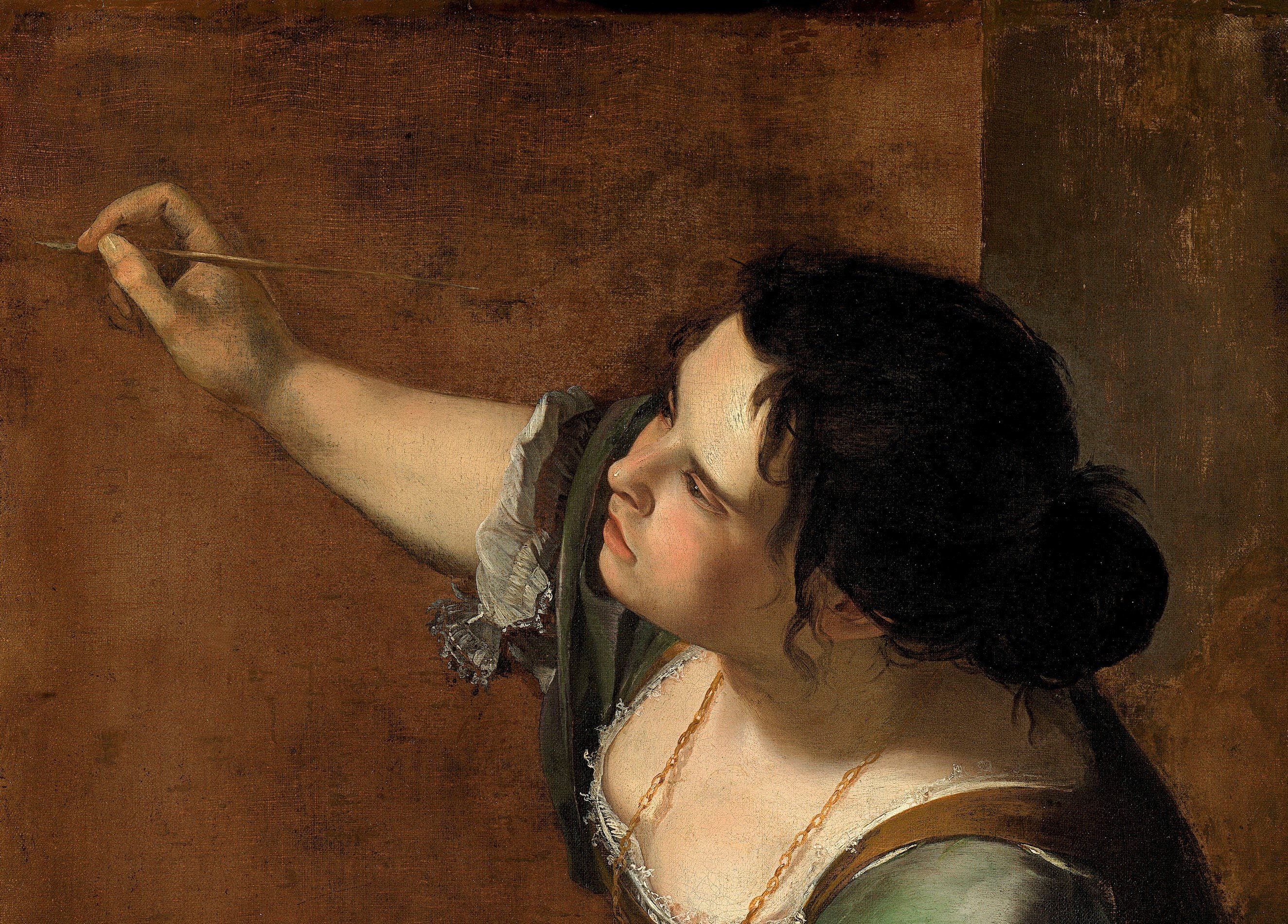
Women Artists
The lives and works of creative women
Cinquante octonaires sur la va [sic] vanite et inconstance du monde : dediez à Monsieur le Prince pour ses estrennes de l'an 1607 / escrit et illumine par moy Esther Inglis.
1607RCIN 1047001
Typically for female artists of her day, Esther Inglis received her training, not through the apprentice system, but from her parents. Her mother was an accomplished calligrapher while her father, a French teacher, also taught scribal handwriting, and Inglis became highly skilled in calligraphy, drawing, painting and embroidery. Her manuscripts, which she created for wealthy and influential patrons, including the royal family, often reflected all of these skills, and sometimes included a self-portrait. This example comes from the period 1606-7, when many of her works were decorated with flowers. Many of her dedications at this time signified her awareness of her woman’s role, and since her sex restricted her choice of subject matter and texts (chiefly devotional), her use of flowers was suitably emphatic.







